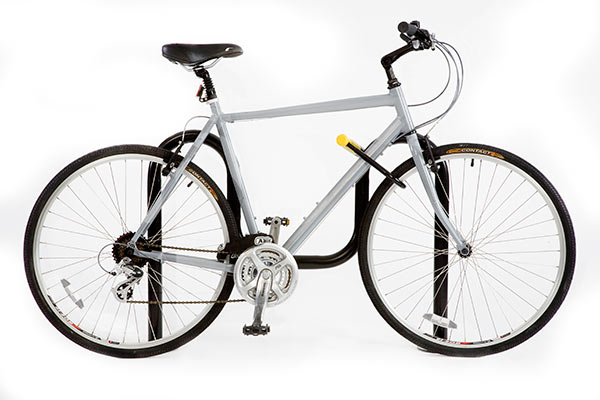Founded by Lorraine Gamman in 1999, the Design Against Crime Research Centre, part of the University of Arts London, began as an initiative to educate the world about the consequences of crime. Today, the DAC is a flourishing practice-led design research project with a philosophy that is linked to a socially responsive design research agenda that posits crime as a theme that can be address by methodologies created by “social design.”
The Centre’s focus is based on the understanding that design thinking and practice should address security issues without compromising functionality and other aspects of performance or aesthetics. Their goals are to:
- Demonstrate why “Secure design doesn’t have to look criminal” via practice-led design and social innovation benchmarks aimed at public space and the public realm.
- Reduce the incidence and adverse consequences of crime, through design of products, services, communications and environments that are ‘fit for purpose’ and contextually appropriate.
- Equip design practitioners with the cognitive and practical tools and resources to design out crime.
- Address ‘environmental complicity’ with crime in the built environment and to reduce crime also to increase wellbeing of individuals and build sustainable communities.
- Prove and promote the social and commercial benefits of designing out crime to manufacturing and service industries, as well as to those concerned with the “social economy.”
- Transfer successful practice – e.g. models of the DAC process, that have strong evidence base of success, to other social issues to be addressed by design (such as health, ageing, climate change and finance) via our “Socially Responsive Design and Innovation Hub” (SRVD). Also to encourage PhD research on these issues.
PROJECTS
CaMden Stands
The goal of this project was to increase the security of parking and locking to promote safe cycle use and reduce cycle theft. Research showed that a majority of cyclists locked their bikes by only securing the top tube of the bicycle to a stand, making them vulnerable to common theft techniques, such as levering the lock apart or unbolting the wheels of the bike.
The CaMden bike stands provide more secure locking, making it easier for cyclists to keep their bicycles upright and lock both wheels and the frame to the stand. The M stand is designed for short-stay parking; the shape helps prevent cyclists from locking insecurely.
Learn more




Stop Thief Chair
The Stop Thief Chair initiative was designed to prevent the theft of peoples’ bags and purses in public places such as bars, coffee shops and restaurants. For theft victims, the consequences range from nuisance and immediate loss of valuables (costly or sentimental items such photographs), to serious ‘knock-on’ effects including burglary, identity theft as well as emotional impacts
The Stop Thief Chair provides an easy way for bar and café customers to keep off the floor and out of the reach of thieves. This stylish approach also helps bar staff keep venues clean.
Learn more


Click here to view other projects of the Design Against Crime Research Centre.